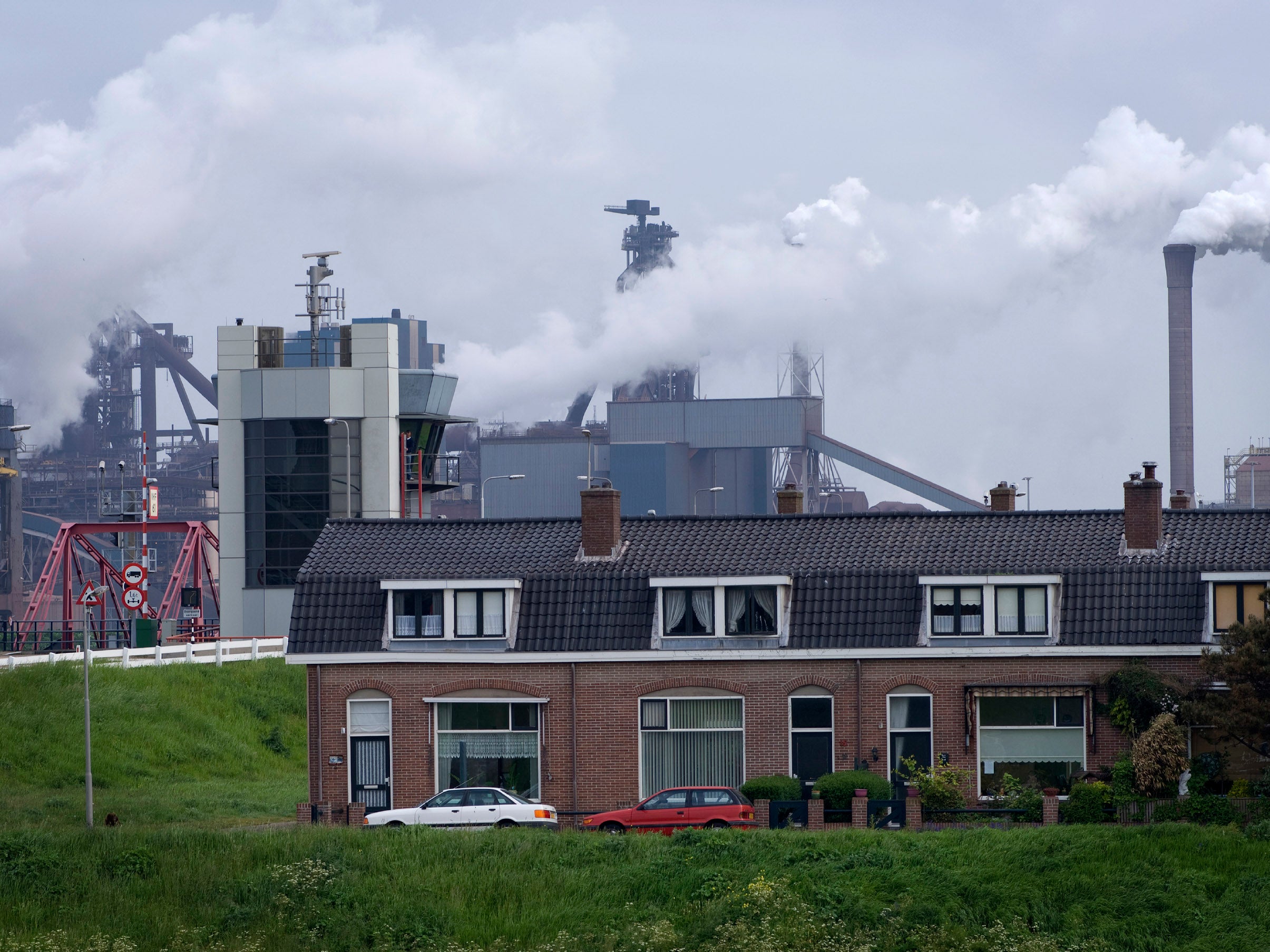5 Things to Know About the EPA’s New Rule for Oil Refineries
The EPA’s updated standard for oil refineries requires fenceline monitoring in nearby communities, reducing cancer risks from toxic emissions like benzene for more than 1.4 million people.

This page was published 8 years ago. Find the latest on Earthjustice’s work.
In September, the Environmental Protection Agency (EPA) released an updated Clean Air Act standard that will reduce the toxic burden on communities living next to oil refineries. There are 140 major refineries in the U.S. with the capacity to process nearly 18 million barrels of crude oil every day.
Millions of Americans across the country living near refineries experience higher-than-average rates of cancer. This rule aims to improve the lives of those living on the fenceline, where pollution leaves refinery property and flows into the surrounding area.
Here are five things you should know about this crucial refineries rule.
1. For the first time ever, refineries will be required to monitor and report levels of airborne chemicals like benzene in fenceline communities.
Benzene is a toxic chemical that is naturally found in crude oil, and it is released into the air as refineries process oil into gasoline. Benzene is a known carcinogen, and it is particularly disruptive to the body’s circulatory system. The chemical can cause anemia and leukemia and can weaken the immune system.
The new rule requires continuous monitoring of benzene concentrations, even at very low levels, using sensors that surround the refinery. This means emissions won’t slip through the cracks when the wind changes direction.
2. The rule makes a commitment to public reporting and transparency, with incentives for refineries to fix pollution issues quickly to create meaningful change.
This rule leaves room for alternative monitoring methods that will allow for real-time monitoring and reporting. The EPA is also working on a database to track the monitoring data in order to better communicate the testing results with the public. Administrator Gina McCarthy describes this database as a “neighborhood watch” for refinery air pollution.
Reporting will now be required every three months, rather than twice a year. If emissions are detected, refineries are required to take corrective action, but the rule also includes incentives for refineries to fix problems immediately, before they result in leaks and excess emissions.
3. The rule is expected to reduce health risks, including up to a 20 percent reduction in cancer incidence.
There are 6.1 million Americans living within three miles of a refinery, and they are twice as likely as the general population to be people of color and low-income households. This new rule will reduce exposure to cancer-causing chemicals for more than 1.4 million people. That’s as many people as live in San Diego, California, the eighth largest city in the country!
4. Emissions don’t only come from a refinery’s smokestacks. For the first time, the new rule requires stricter monitoring of gas flares, pressure relief devices, storage tanks and delayed coker operations.
A coker unit is an industrial device used at oil refineries to heat and convert residual oil into smaller units that go on to be processed into many different products. With more stringent monitoring of all sources of pollution, the new rule will eliminate 5,200 tons of toxic air pollutants and 50,000 tons of volatile organic compounds every year. Not only will this help reduce long-term health threats like cancer, but it will also fight common respiratory illnesses like asthma.
5. The rule will also help combat climate change.
The stricter standard for refineries will reduce greenhouse gas emissions by 660,000 tons per year. That’s the equivalent of taking more than 140,000 cars off of our roads. While some will correctly argue that this won’t stop global warming, modest efforts like these across all industries will add up to a big difference.
As a communications strategist, Miranda covers Earthjustice’s Mid-Pacific and California regional offices. She has campaigned to defend public water resources in North America and is a graduate of the Master’s in Global Studies program at the University of California, Santa Barbara where her research focused on climate change.